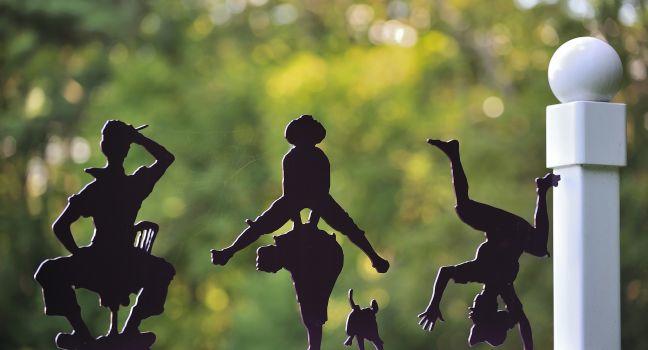These 1,961 acres were once part of a vast estate belonging to Roland C. Nickerson, son of Samuel Nickerson, a Chatham native who founded the First National Bank of Chicago. Roland and his wife, Addie, lavishly entertained such visitors as President Grover Cleveland at their private beach and hunting lodge in English country-house style, with coachmen dressed in tails and top hats and a bugler announcing carriages entering the front gates. In 1934 Addie donated the land for the state park in memory of Roland and their son, who died during the 1918 flu epidemic.
The park consists of acres of oak, pitch-pine, hemlock, and spruce forest speckled with seven freshwater kettle ponds formed by glaciers. Some ponds are stocked with trout for fishing. You can swim, canoe, sail, and kayak in the ponds, and bicycle along 8 miles of paved trails that connect to the Cape Cod Rail Trail. Bird-watchers seek out the thrushes, wrens, warblers, woodpeckers, finches, larks, cormorants, great blue herons, hawks, owls, and ospreys. Red foxes and white-tailed deer are occasionally spotted in the woods. The over 400 campsites are extremely popular: reservations are necessary.




